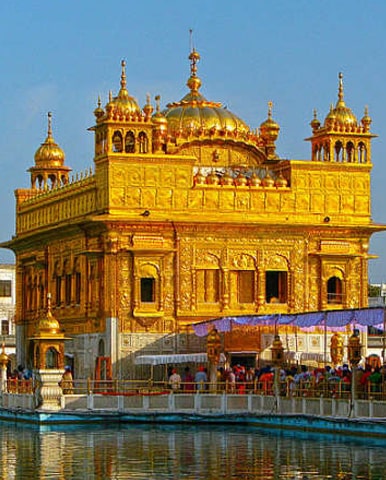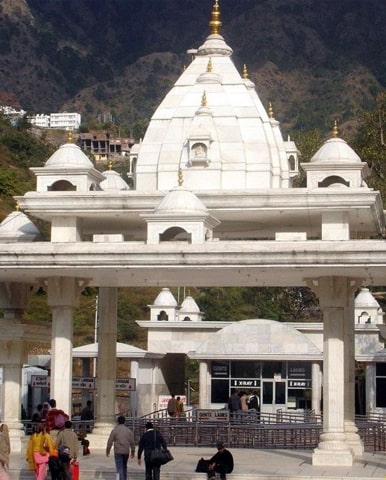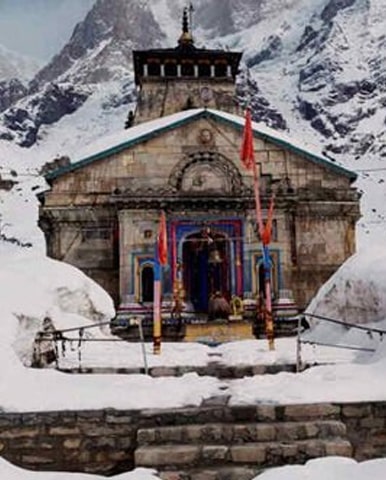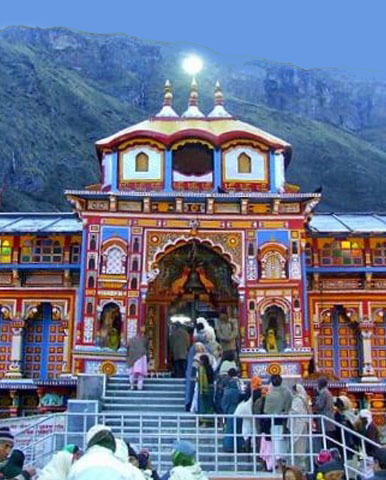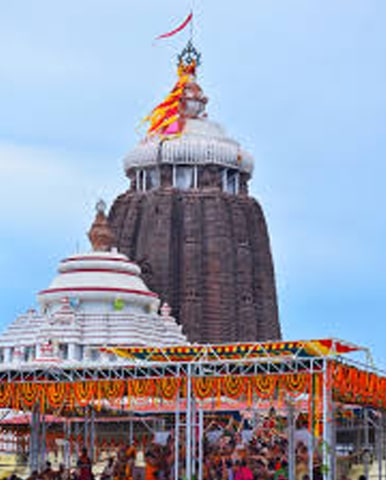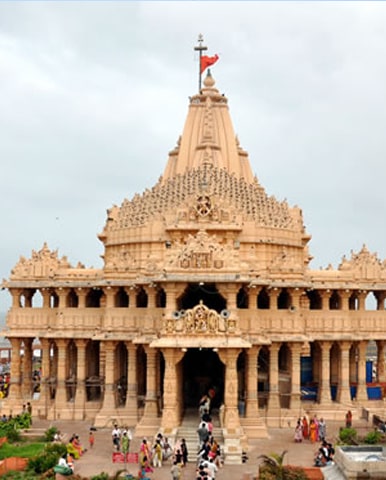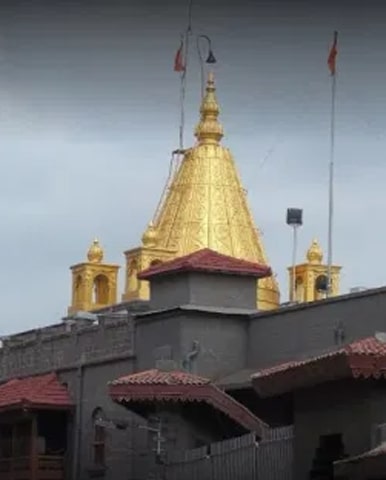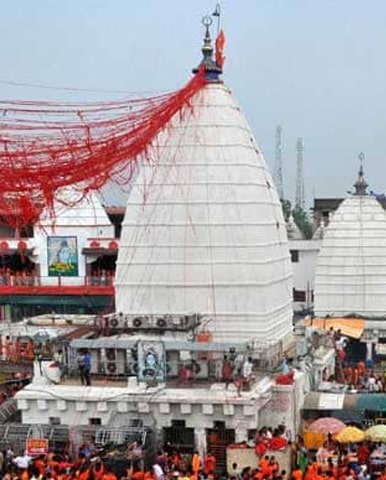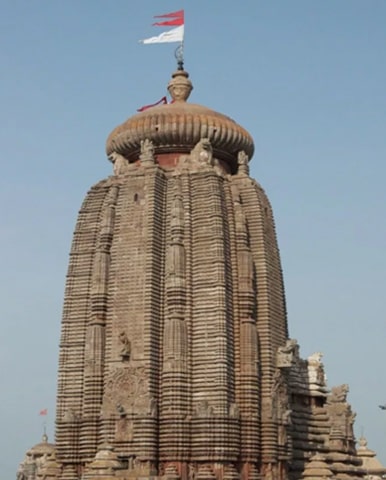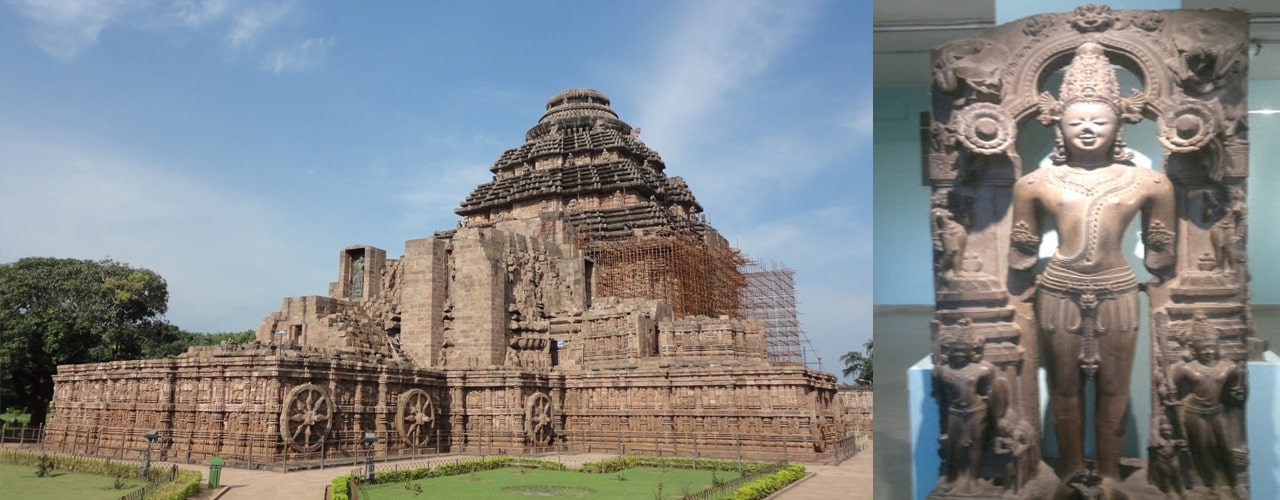
Konark Sun Temple, Konark
Konark solar Temple (Konark Surya Mandir) is a thirteenth-century CE(yr 1250) sun temple at Konark approximately 35 kilometres (22 mi) northeast from Puri at the shoreline of Odisha, India.The temple is attributed to king Narasimhadeva I of the eastern Ganga Dynasty approximately 1250 CE. Dedicated to the Hindu solar God Surya, what remains of the temple complicated has the advent of a a hundred-foot (30 m) high chariot with titanic wheels and horses, all carved from stone. Once over two hundred feet (61 m) high,a great deal of the temple is now in ruins, specially the huge shikara tower over the sanctuary; at one time this rose a whole lot better than the mandapa that remains. The structures and factors that have survived are famed for his or her complicated art work, iconography, and topics, together with erotic kama and mithuna scenes. Also known as the Surya Devalaya, it’s miles a classic illustration of the Odisha fashion of architecture or Kalinga architecture.
The motive of the destruction of the Konark temple is unclear and nonetheless stays a source of controversy.Theories range from herbal damage to planned destruction of the temple within the path of being sacked numerous times by using Muslim armies among the fifteenth and seventeenth centuries.This temple become referred to as the “Black Pagoda” in ecu sailor debts as early as 1676 as it regarded a top notch tower which regarded black.Further, the Jagannath Temple in Puri changed into referred to as the “White Pagoda”. Both temples served as critical landmarks for sailors in the Bay of Bengal.The temple that exists today was partly restored by the conservation efforts of British India-generation archaeological groups. Declared a UNESCO international background website online in 1984,it stays a major pilgrimage site for Hindus, who acquire right here every year for the Chandrabhaga Mela across the month of February.
Konark sun Temple is depicted at the opposite facet of the Indian foreign money notice of Rs 10 to indicate its significance to Indian cultural background. The Konark solar Temple became constructed in 1250 A.D. At some point of the reign of the jap Ganga King Narsimhadeva-1 from stone in the form of a massive ornamented chariot committed to the sun god, Surya. In Hindu Vedic iconography Surya is represented as rising in the east and visiting rapidly throughout the sky in a chariot drawn by way of seven horses. He is defined normally as a resplendent status man or woman protecting a lotus flower in each his palms, driving the chariot marshaled via the charioteer Aruna.The seven horses are named after the seven meters of Sanskrit prosody: Gayatri, Brihati, Ushnih, Jagati, Trishtubha, Anushtubha, and Pankti.Typically seen flanking Surya are two ladies who constitute the dawn goddesses, Usha and Pratyusha. The goddesses are shown to be shooting arrows, a image in their initiative in difficult the darkness.The architecture is also symbolic, with the chariot’s twelve pairs of wheels similar to the 365 days of the Hindu calendar, each month paired into cycles (Shukla and Krishna).
The Konark temple affords this iconography on a grand scale. It has 24 elaborately carved stone wheels which are nearly 12 toes (three.7 m) in diameter and are pulled through a set of 7 horses.When viewed from inland in the course of the sunrise and dawn, the chariot-formed temple seems to emerge from the depths of the blue sea sporting the solar. The temple plan consists of all the traditional elements of a Hindu temple set on a square plan. Consistent with Kapila Vatsyayan, the floor plan, as properly the format of sculptures and reliefs, observe the square and circle geometry, paperwork observed in Odisha temple layout texts inclusive of the Silpasarini.This mandala structure informs the plans of other Hindu temples in Odisha and some place else.
The main temple at Konark, locally referred to as the deul, now not exists. It became surrounded through subsidiary shrines containing niches depicting Hindu deities, specially Surya in many of his elements. The deul changed into built on a high terrace.The temple turned into in the beginning a complicated along with the main sanctuary, referred to as the rekha deul, or bada deul (lit. Huge sanctum).In front of it become the bhadra deul (lit. Small sanctum), or jagamohana (lit. Meeting hall of the people) (known as a mandapa in other parts of India.). The connected platform turned into known as the pida deul, which consisted of a square mandapa with a pyramidal roof.All of these systems have been square at their center, and every became overlain with the pancharatha plan containing a variegated exterior.The crucial projection, known as the raha, is more reported than the side projections, called kanika-paga, a style that aims for an interaction of daylight and coloration and provides to the visual attraction of the structure all through the day. The layout manual for this fashion is observed in the Silpa Sastra of historical Odisha.
Share This Post:
How to reach
- By Road: Konark is 65kms from Bhubaneswar via pipili (approx 2 hours) and 35kms from Puri (approx. 1 hour) on marine drive road. Konark is connected by good all weather motorable roads. Regular Bus services are operating from Puri and Bhubaneswar. Besides Public transport Private tourist bus services and taxis are also available from Puri and Bhubaneswar. For internal transport, Auto rickshaws and Cycle rickshaws are available near Konark temple.
- By Train: The nearest railway stations are Bhubaneswar and Puri. Konark is 65kms from Bhubaneswar via pipili and 35kms from Puri on marine drive road. Puri is the last point of South Eastern Railway. Puri & Bhubaneswar hava fast and superfast train connections to Kolkata, New Delhi, Chennai, Banglore, Mumbai and other major cities and towns of the country.
- By Air: Konark is 65 km from the domestic airport which is in Bhubaneswar, the capital city of Odisha. Bhubaneswar is connected by air with flights to major Indian cities like New Delhi, Kolkata, Visakhapatnam, Chennai and Mumbai etc. All major domestic airlines like Indigo, GoAir, Air India have daily flights to/from Bhubaneswar. The nearest International Airport is at Calcutta (Kolkata).
Related Temples
How to reach
- Nearest airport is Bhubaneswar
- Nearest railway station is Bhubaneswar
- Nearest bus stations are Puri and Bhubaneswar

